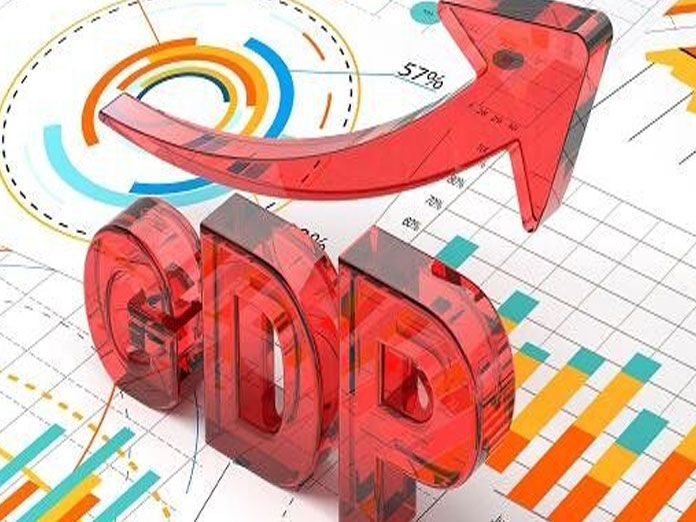Live
- Mahindra unveils new nine-seater Bolero Neo+ starting at Rs 11.39 lakh
- UK unemployment rate jumps by more than expected as job market cools
- Gujarat Congress head Gohil criticizes Rupala's apology as insincere
- UPSC declares Civil Services 2023 results, Aditya Srivastava secures top rank
- BJP names three more candidates in Punjab
- Morgan Stanley does not expect RBI to go for a rate cut in 2024-25
- Karnataka tribal woman dies suspiciously in Sudan
- Battle for Jaunpur: Two ex-ministers and a don’s wife in the fray
- Bihar Cricket Association forms Women's Cricket Development Committee to empower female players
- You provoke PM Modi, you will be in trouble: S Gurumurthy on BJP's 'Mission South'









